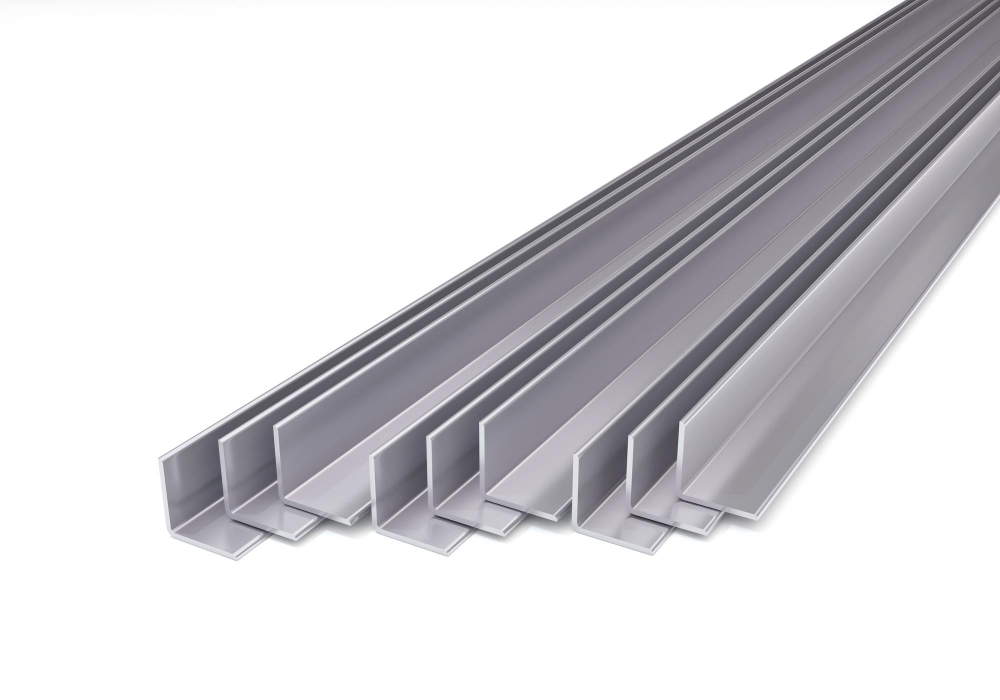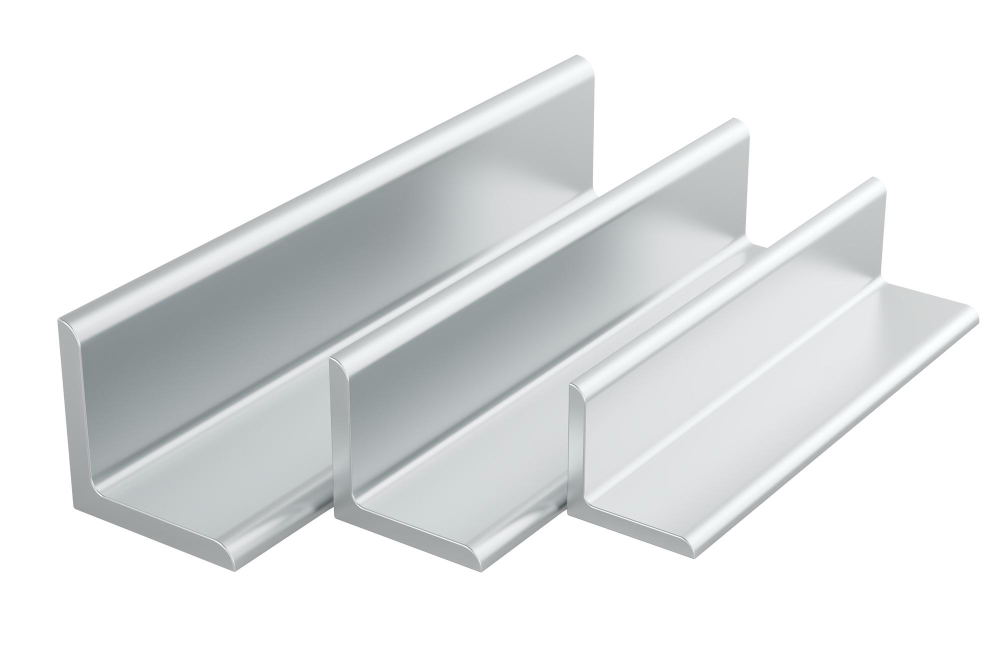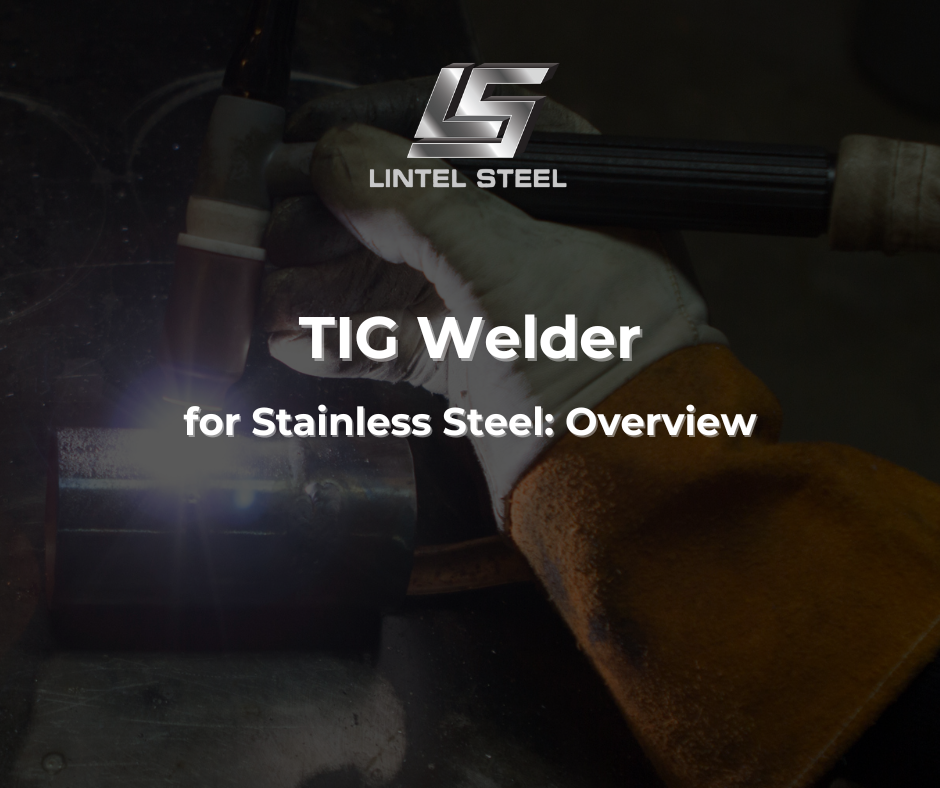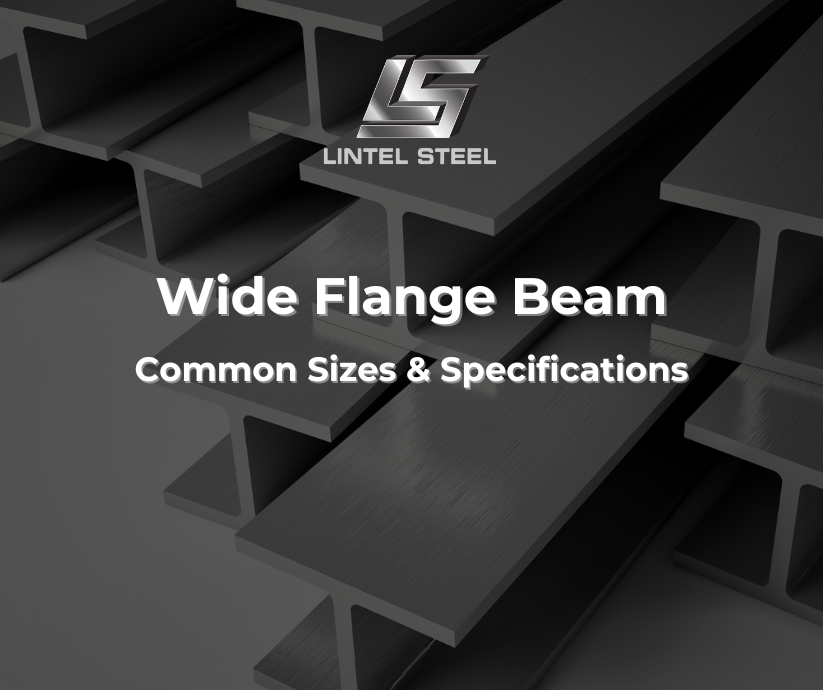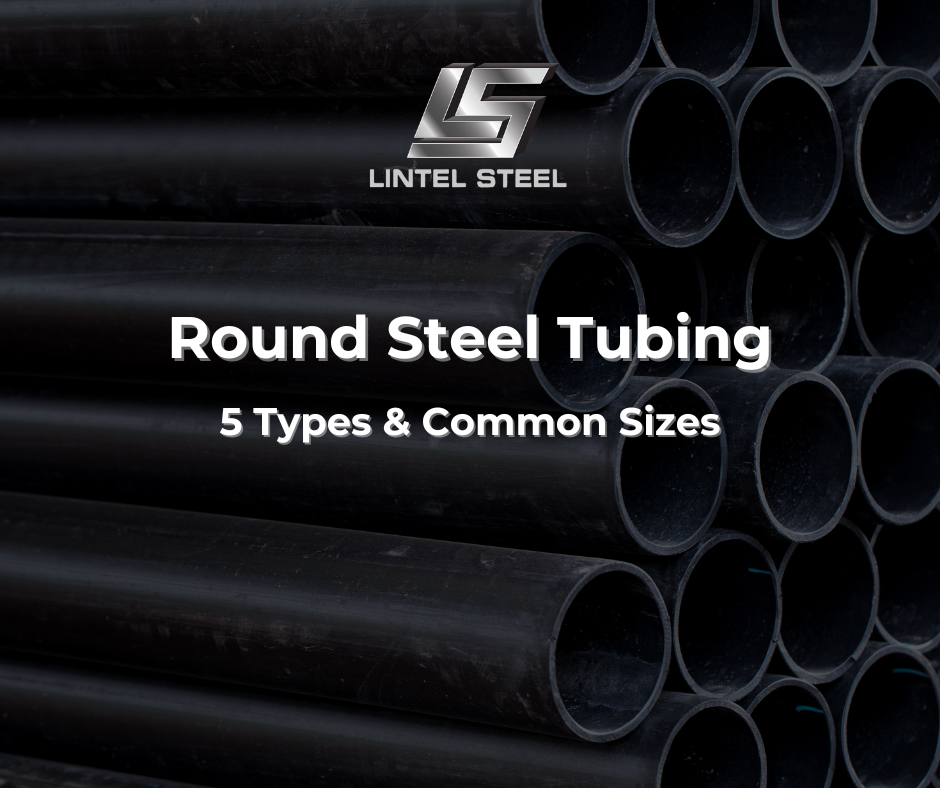Galvanised Steel Angle: 4 Strength, Finishing Options and Standards
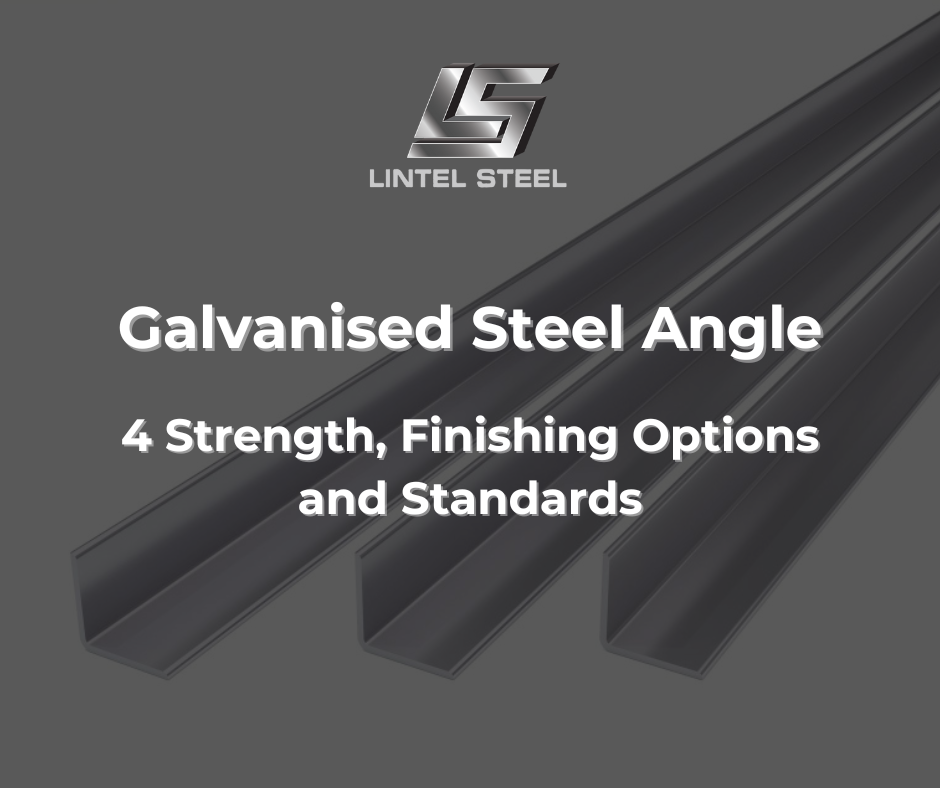
When it comes to versatile and long-lasting structural materials, few options can match the performance of galvanised steel angle. This simple yet powerful product — shaped like an “L” with equal or unequal sides — plays a crucial role in everything from construction frames and fencing to machinery, shelving, and outdoor structures. Thanks to its zinc-coated protection, galvanised steel angle combines strength and durability with excellent corrosion resistance, making it a preferred choice across multiple industries.
What Is Galvanised Steel Angle?
A galvanised steel angle is a steel section that has been coated with a protective layer of zinc through a process called hot-dip galvanising. This coating acts as a shield, preventing moisture, oxygen, and environmental contaminants from reaching the steel’s surface. As a result, galvanised steel maintains its structural integrity and appearance far longer than untreated or painted steel.
Typically, these angles are manufactured in two main types:
- Equal angle steel: both sides of the “L” are the same length.
- Unequal angle steel: one side is longer than the other, providing added flexibility for directional support or uneven loading.
Both variations benefit from galvanisation, which significantly enhances their lifespan — especially in outdoor or humid environments.
Why Choose Galvanised Steel Angle?
1. Superior Corrosion Resistance
The most significant advantage of a galvanised steel angle is its outstanding ability to resist rust and corrosion. The zinc coating serves as a sacrificial barrier — even if scratched or slightly damaged, the zinc reacts with oxygen to form a protective oxide layer, preventing rust from spreading. This makes galvanised steel ideal for coastal areas, outdoor applications, or environments exposed to rain and humidity.
2. Long-Term Cost Efficiency
While galvanised steel angles may initially cost more than untreated mild steel, they provide excellent value over time. Their resistance to corrosion means lower maintenance costs, fewer repairs, and a longer lifespan — making them a highly economical choice for infrastructure, buildings, and industrial installations.
3. High Strength and Structural Stability
Beyond corrosion resistance, galvanised steel angles offer exceptional mechanical strength. They can handle heavy loads, vibrations, and structural stresses while maintaining shape and performance. This makes them suitable for both lightweight frameworks (like shelving, railings, and gates) and heavy-duty constructions (such as bridges, towers, or support beams).
4. Easy Fabrication and Installation
Galvanised steel angles can be cut, drilled, and welded with relative ease, allowing for flexible design and quick assembly. Pre-galvanised and hot-dip galvanised versions are available, depending on whether fabrication occurs before or after coating. Their simplicity of use makes them popular among contractors, engineers, and DIY builders alike.
Common Applications of Galvanised Steel Angle
Because of their strength and durability, galvanised steel angles are used across a wide range of industries, including:
- Construction: framing, bracing, supports, and lintels in both commercial and residential projects.
- Infrastructure: bridge components, guardrails, transmission towers, and utility structures.
- Manufacturing: machinery frames, platforms, and equipment housings.
- Agriculture: fencing posts, barn reinforcements, and greenhouse structures.
- DIY & Home Projects: shelves, racks, and outdoor furniture.
Their combination of form, function, and resilience makes them one of the most dependable steel products on the market.
Galvanised Angle & Mild Steel Angle
When choosing materials for structural or fabrication projects, two of the most common options are galvanised steel angle and mild steel angle. Both are made from quality steel and shaped into an “L” profile for strength and versatility, but their surface finish and performance characteristics differ.
Galvanised steel angle is coated with a protective layer of zinc through a hot-dip galvanising process. This coating forms a durable barrier against rust and corrosion, making galvanised angles ideal for outdoor or humid environments such as fencing, framing, or support structures exposed to the elements. The zinc finish not only enhances durability but also provides a clean, silvery appearance that requires little maintenance over time.
In contrast, mild steel angle (or black steel angle) has no zinc coating. It’s easier to cut, weld, and paint, which makes it a popular choice for indoor or general fabrication projects where corrosion is less of a concern. While it may need extra surface protection like painting or powder coating, mild steel angle offers excellent strength and cost efficiency.
Choosing between galvanised and mild steel angles depends on the project environment, budget, and desired longevity. For long-lasting, weather-resistant performance, galvanised steel angle is the superior option.
Finishing Options and Standards
When it comes to ensuring quality and longevity, galvanised steel angles are manufactured and tested according to strict international standards. The most common include ASTM A36 for steel composition, ASTM A123 for hot-dip galvanising, and BS EN ISO 1461, which defines coating thickness, adhesion, and overall durability. These standards guarantee that every piece of galvanised steel angle meets performance expectations for structural strength and corrosion resistance.
The finish of a galvanised steel angle can vary based on the galvanising process and post-treatment. Typically, the surface appears matte grey or silver, with a slightly spangled texture caused by the zinc crystallisation during cooling. This coating can range from 45 to over 85 microns thick, depending on the steel thickness and intended exposure environment. The thicker the zinc layer, the better the long-term protection against rust — particularly in outdoor or coastal conditions.
In addition to the traditional hot-dip galvanising, there are other options such as electro-galvanising (for lighter coating and smoother finish) and pre-galvanised steel, where the sheet is galvanised before being formed into angles. Each method offers a balance of appearance, cost, and corrosion protection.
For projects with architectural or aesthetic requirements, galvanised steel angles can also be powder-coated or painted after galvanising. This not only enhances appearance — allowing for a wider range of colours — but also provides a double layer of protection. The combination of zinc coating and powder or paint sealant ensures maximum resistance to scratches, moisture, and UV damage, extending service life even further.
Regular inspection and light maintenance, such as removing debris or checking for deep scratches, can also help preserve the finish and performance of galvanised angles for decades. Whether it’s for structural applications, fencing, or outdoor frameworks, the right galvanising and finishing process ensures that your galvanised steel angle remains both functional and visually clean long after installation.
The Bottom Line
A galvanised steel angle is more than just a basic steel section — it’s a structural solution designed for strength, longevity, and minimal maintenance. Whether used in heavy construction or small fabrication projects, it offers peace of mind against corrosion and environmental wear. For builders, engineers, and homeowners seeking materials that combine durability with cost efficiency, galvanised steel angle stands as one of the smartest choices available today.
You can find out more about us at our Fanpage Lintel Steel.

